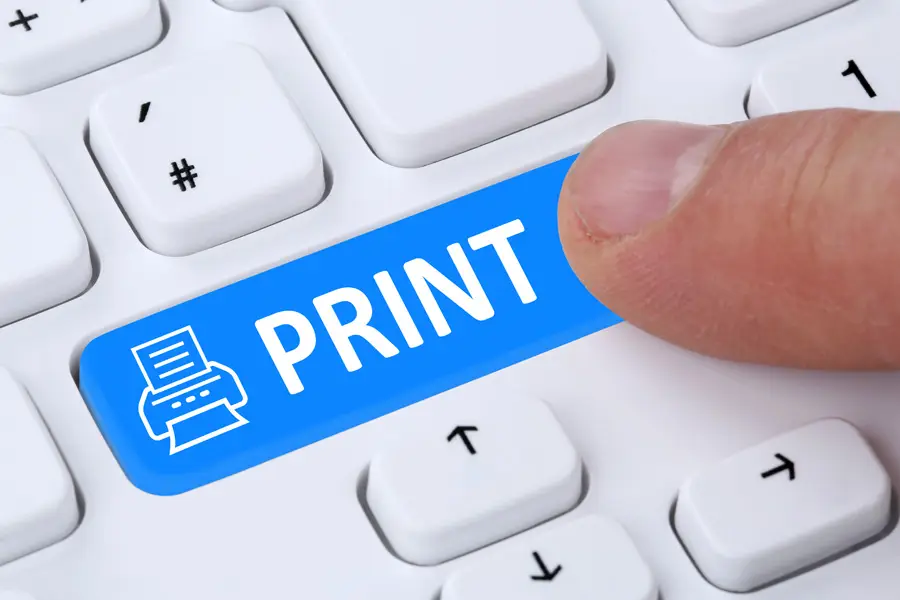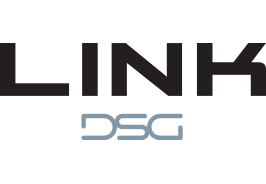The printing industry has been around for hundreds of years. Over the last 20 years, we have witnessed some truly great breakthroughs in digital printing. Each one has brought faster printing and better quality. Each has its own inherent limitations as well.
When the Durst Lambda 130 RGB photo printer came out, it was a game changer. It was consistently fast and provided continuous tone and high quality prints on photographic papers. When inkjet technology made the leap from lines and drawings to graphics, we started to see vibrant colors on many different substrates. This was a great leap forward in the digital printing industry. But each still had its limitations. How fast? How thick? How many colors? What type of inks? Do you laminate? How wide? Amongst many others.
Fast forward to 2010 and beyond. Technology hasn’t just leapt forward, it has truly reinvented itself in the digital printing world. Today all of the above questions are easily answered in many print shops with a variety of UV-cured flatbed inkjet and latex printers. These printers are faster than ever before and deliver a print that can easily pass for photographic quality.
How is this a game changer? Well, now the prints come out of (or off of) the printer dry and ready for use. They also do not always require a lamination (although you can’t go wrong with lamination as an additional protector). Today’s printers offer much greater width than printers did years ago — routinely at 10 feet wide. But the two biggest advances come in the wider color gamut and varieties of substrates on which one can print.
Today, most digital printers are 6, 8 or 12 color printers. This allows color matching and vibrancy that old CMYK printers simply could not achieve. As great as photo printing was, it was a 3 color RGB printer. Old inkjets were CMYK. Today we see CMYK plus any combination of light cyan, light magenta, orange, white, silver and others. This allows for the final print to achieve a color that was not possible many years ago.
Substrates today are a major advance in themselves and allow our printers to do things they have never done. Instead of being limited to 5 photo papers in photographic printing, a latex or UV flatbed can print onto hundreds of substrates. Older CMYK inkjets were not capable of printing onto thicker papers, films or banner materials. Today, the amount of substrates one printer can print onto is almost endless.
We can now tailor our solutions based on many more choices and on what a particular substrate can do for a customer, as opposed to what the printer does. Today, those in our industry can use the combination of these great new technologies to further their and their company’s successes.
Thanks for reading. Want to learn more about today’s new inkjet technologies? Contact us today.





